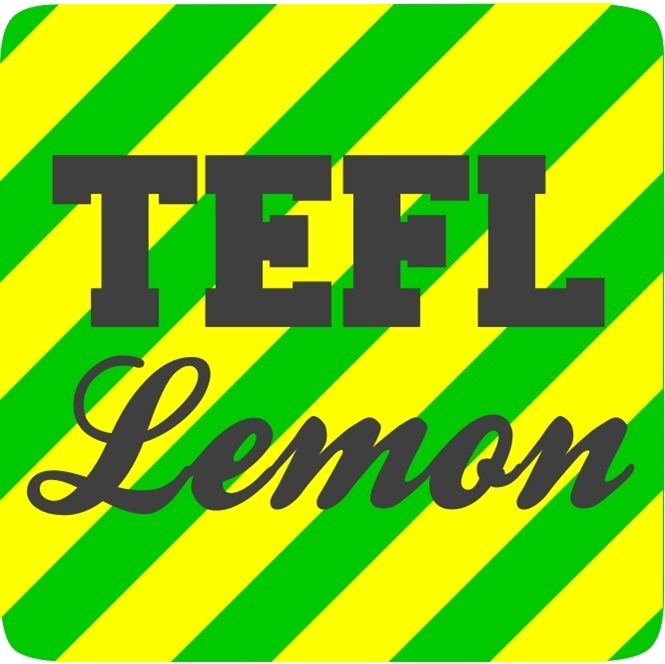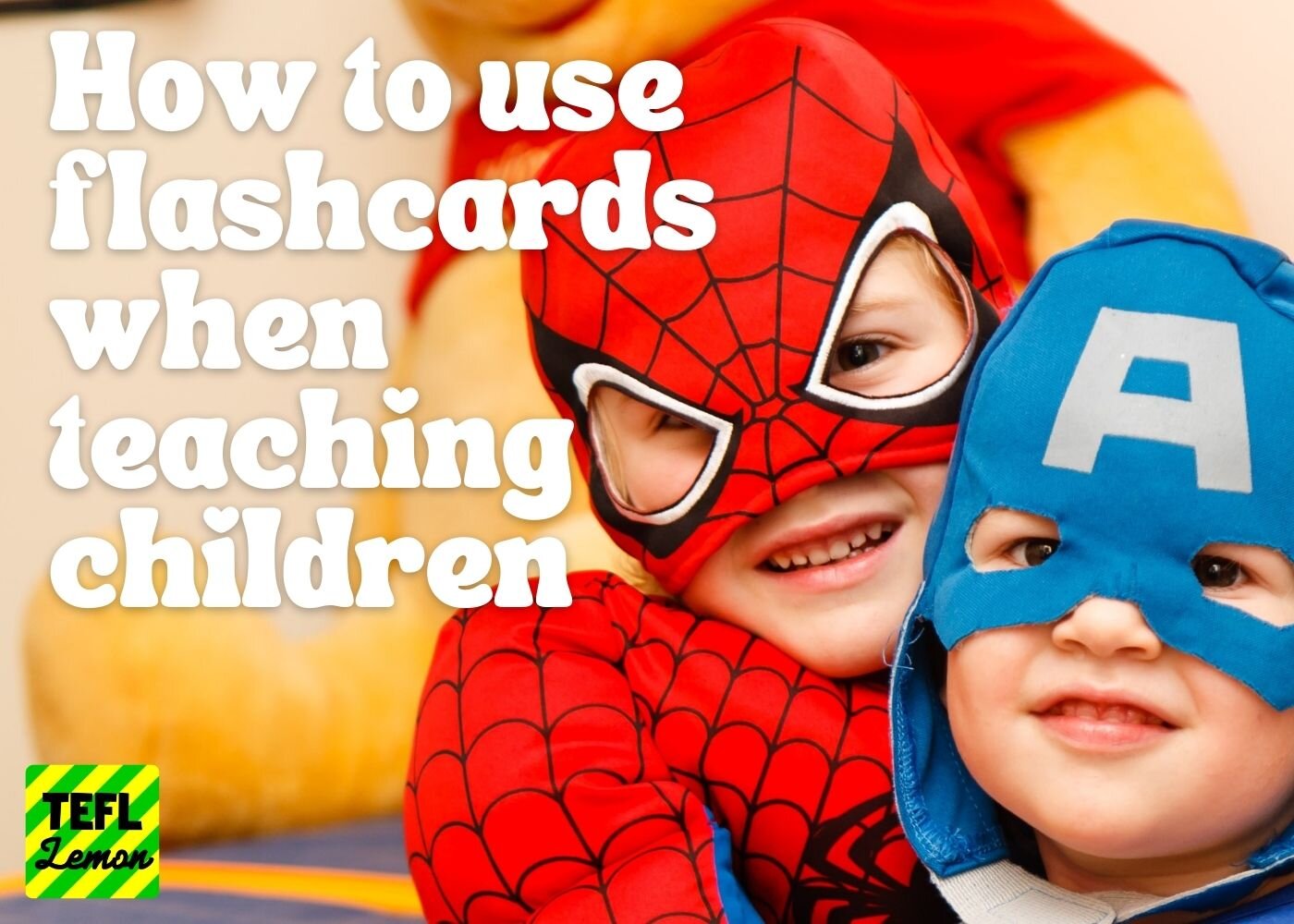How to use flashcards when motivating children
How to use flashcards when teaching children
Considering myself as an experienced teacher working with preschool children and combining my experience and the knowledge gained in this course, I have chosen the topic of “How to use flashcards when teaching children” as my final overall assessment for my 180-Hours Higher Certificate in TESOL.
I would like to start by identifying the most necessary points, which will be described and discussed more detailed in the current text.
· Preliminary preparation of a flashcards and important parameters
· Presenting cards to children as an introduction to new vocabulary, pronunciation practice
· Games and communicative activities (production stage) which help children to use the learnt language and memorize it in the most productive and funny way
Children don’t usually have external motivation to learn a foreign language
Every teacher has faced with the question of how to be most productive and most useful for their students. Working with children makes this task even more difficult in many ways. First of all, because most children don’t have any external motivation to learn a foreign language. Kids do not think about admission or traveling, passing exams, etc. They are in the classroom only at the request of their parents, so this makes motivation and inspiration of children one of the main tasks for TEFL teachers. Another question is ‘how to teach foreign and unfamiliar words to kids?’ And in my opinion, one of the most effective ways of presenting new words for kids is to use flash cards.
How big should flashcards be?
The first thing I would like to emphasize is the size of the flashcard, which should be determined based on the number of students and the size of the class. The flashcard should always be large enough so that every student can easily see it, recognize and remember it. For a group of up to 5 people, the A5 format will be enough.
For a middle-sized group, it is necessary to make your flashcards A4 size. All flashcards should ideally be the same size and shape (they may differ in shape when learning about shapes).
Make what you are trying to show in your flashcards clear
The first important step is to choose a picture that best reflects the content of the word being studied. Make a good search for pictures from all available resources on the Internet and choose images which are bright, funny, clear, positive and beautiful. Don’t choose animated gifs to save or poor quality pictures with a low-resolution. It is advisable to choose images in a similar style or genre, remember children always draw and represent a whole separate world in their imagination. Try, where possible, to choose the same artist for the whole flashcard set.
Make your font on the flashcard large and clear
The second very important step is the inscription of the represented word. The inscription should be written in a clear and large font, with important points highlighted. For example, in a different color, like a red first letter to practice the sound on which the word begins. Put the word on the back of the flashcard, so the students don’t just read what the word is when looking at the picture; make the students try to recall what the picture is on the flashcard. This is the best way to use flashcards with children.
Laminate your flashcards for sure, which will save you much time and prevent reprinting. A laminated flashcard is not easy to bend and crumple and you can easily play all possible games with it by putting them on the floor or handing them out.
When teaching children with flashcards, how should they be presented?
There are many options for presenting flashcards when teaching children. Put the cards in the correct sequence initially. Remember any distraction can lead to a violation of discipline in the classroom when working with children. Show the picture to the child with interest and possible exaggeration of your reaction. You can hide flashcards in a mystery box or bag and pull them out with care and surprise, creating a wave of magic, use a magic wand or music, hide them under somebody’s chair for example. Use all your creativity without limits! Having the teacher bring lessons to life for children is a major theme in Unit 9 of the TEFL Lemon Higher Certificate course (Kids vs Adults).
Using flashcards to drill pronunciation
The presentation should be clear and loud, say the word and make sure the class repeats it after you several times. Work on pronunciation with a whole class and personally. Be sure they listen carefully to your pronunciation first and then repeat it. Sometimes speaking the word along with children doesn’t give an opportunity to grasp the word for those who could not grasp it at once and cannot do it because of many voices at the same time.
Playing games with flashcards
To keep the interest high and to motivate children to say the word out loud, you can use play form and flashcard games. For example, involve the children in the game “say – slap the flashcard”, making it possible for them only with a clear and loud pronunciation, otherwise quickly change position without letting them hit. With each new word, change the action to jump up to the flashcard holding it over their head or slap it with both hands, ring the bell, etc.
Describing the flashcard when teaching children
Describe the picture in all possible ways, discussing the color, mood and actions on it, to create a complete understanding of the meaning, structure and possible associations for better memorization. Repeat the word on the flashcard loudly and clearly, emphasizing the attention to the sounds with examples of how the word is used in the sentence. Always use gestures and sounds, actions, making the image lively and expansive.
Consolidating language with flashcards
To better consolidate the learned words, there are a huge variety of games using flashcards, even the most novice teacher can easily find a whole list of games with a detailed description of the rules on the Internet as described below.
INVISIBLE CARDS GAME
Step 1. Glue or magnetically attach cards to the board. Outline them with a marker - make a kind of table
Step 2. Use a marker to point to words and ask students to name them.
Step 3. Gradually begin removing the cards from the board, but continue pointing to the empty spaces where the cards used to be.
After a while, you shouldn't have any cards left on the board - just a drawn table. Continue questioning until the students have memorized all the words.
You will be surprised how powerful the visual way of remembering information is.
Keep your flashcards well-sorted
The best way to memorize is repetition! Sort your flashcards by topic, clip them and update them in a timely manner so they can be used all over again!
by Aksana Kerava
Aksana Kerava is a recent graduate of the TEFL Lemon 180-Hours Higher Certificate in TESOL (Level 4). You can read the blog posts of trainees’ reflective journals on the course here.

